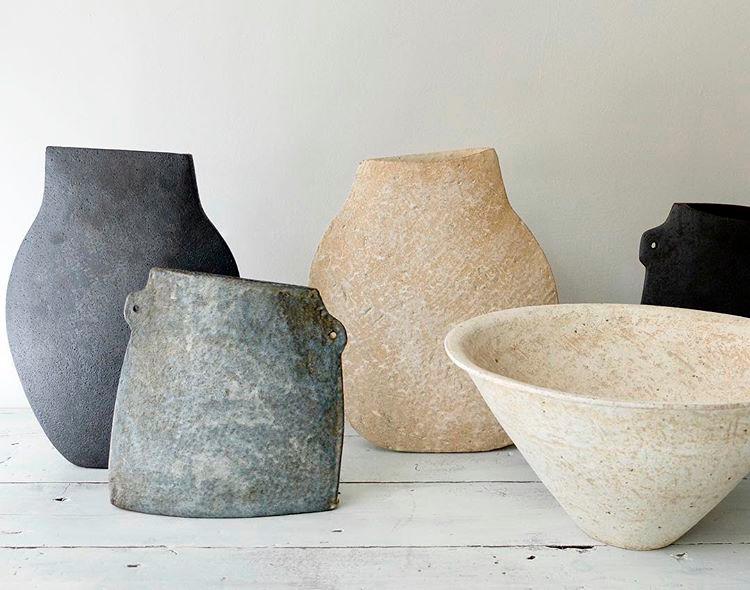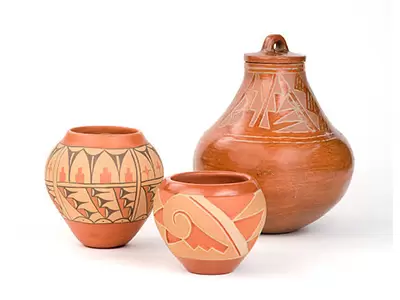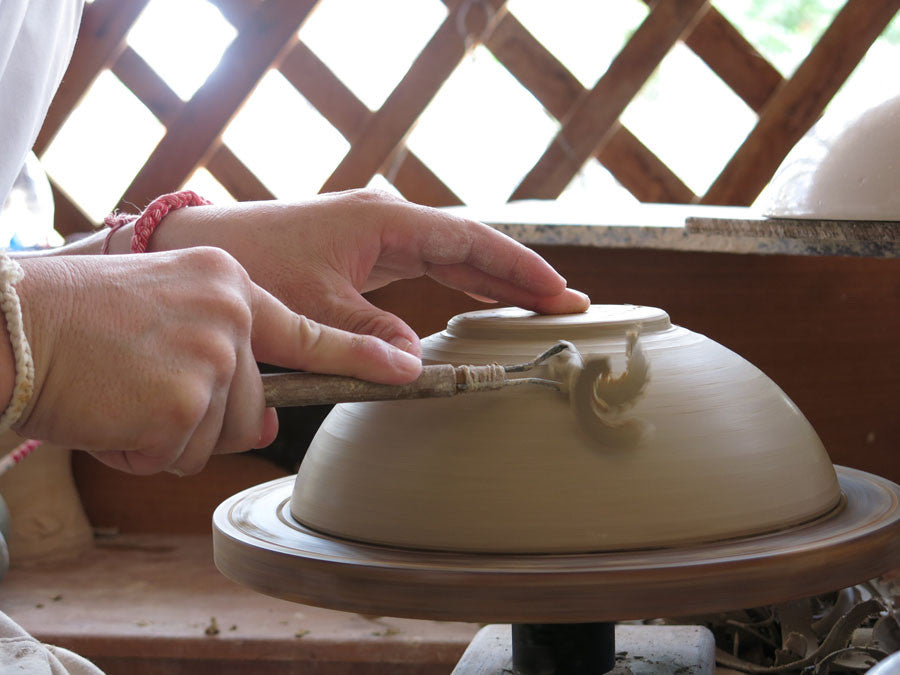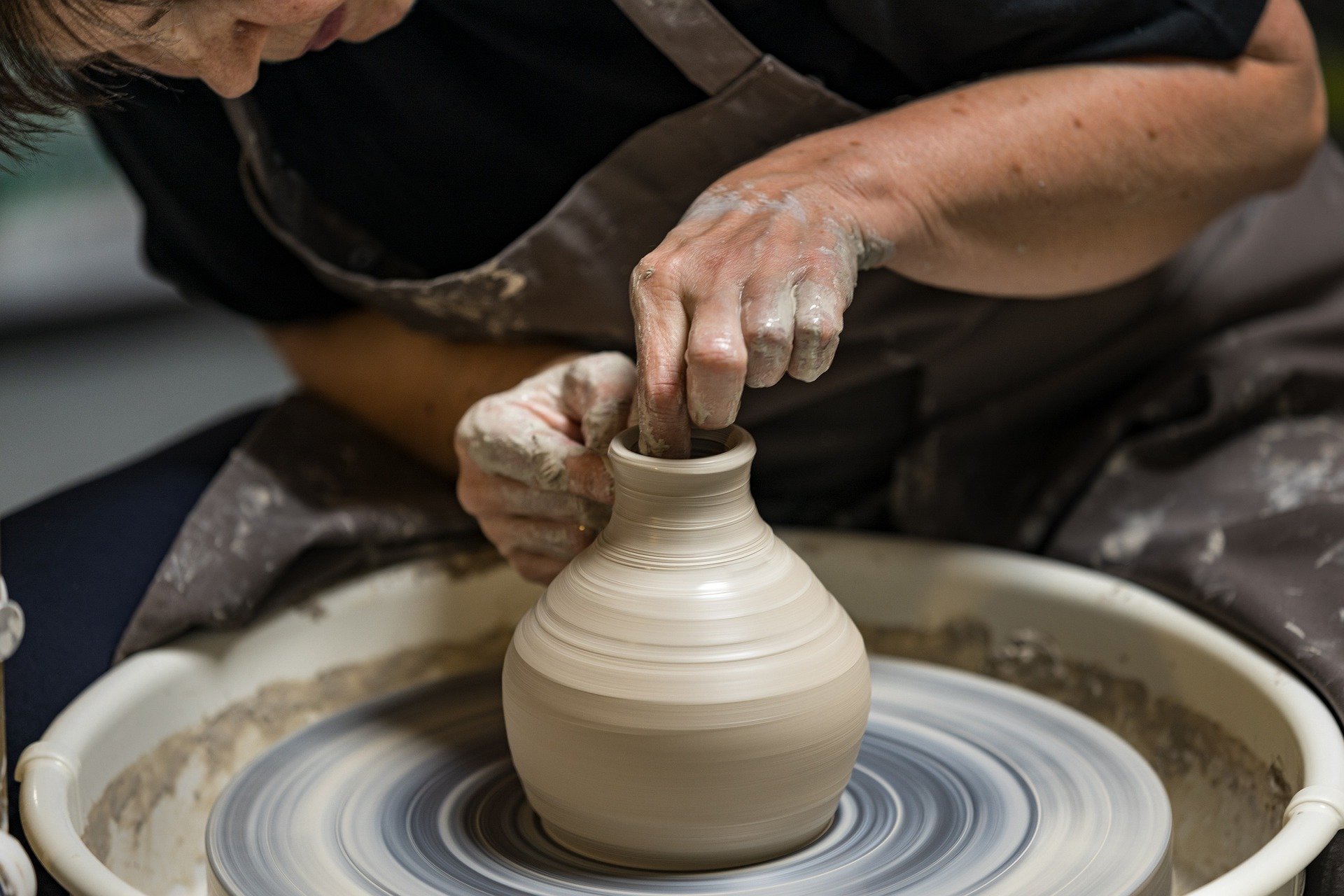News
Exploring the World of Types of Ceramics – Materials, Uses, and Comparisons
Ceramics have been a fundamental part of human culture and technology for thousands of years. Understanding the types of ceramics is essential not only for artists and manufacturers but also for consumers who appreciate their diverse applications. From delicate porcelain to rugged technical ceramics, the variety is vast and fascinating. This article delves deeply into the different types of ceramics, how they are used, examples that illustrate their uniqueness, vital comparisons, and practical advice for selecting the right ceramic type for specific needs.
Introduction to Types of Ceramics

Ceramics encompass a broad range of inorganic, non-metallic materials formed by heating and subsequent cooling. The types of ceramics can be broadly classified based on their composition, structure, and intended use. Mastering the knowledge of these categories helps in choosing the right material for everything from household items to industrial components. Let’s embark on this detailed exploration.
Understanding Traditional vs. Advanced Types of Ceramics

The world of ceramics is divided primarily into traditional and advanced categories, each with its unique properties and applications. This division serves as a foundation for further understanding the nuances of different ceramic types.
Traditional Ceramics: Roots and Characteristics
Traditional ceramics include pottery, bricks, tiles, and porcelain that have been used for centuries. These ceramics typically consist of natural clay and other raw materials.
The primary characteristics of traditional ceramics are their brittleness, hardness, and insulating properties. They are fired at relatively lower temperatures compared to advanced ceramics. Their porous nature renders them somewhat fragile but versatile in artistic and functional uses.
Traditional ceramics remain popular due to their aesthetic appeal and affordability. Artists often choose these for sculptures and decorative objects because of their ability to hold intricate details after firing.
Advanced Ceramics: Innovation in Material Science
Advanced ceramics, also known as technical ceramics, involve scientifically engineered materials such as alumina, zirconia, silicon carbide, and silicon nitride. These are produced through precise manufacturing processes and fired at very high temperatures.
These ceramics exhibit exceptional mechanical strength, thermal resistance, wear resistance, and electrical conductivity control. Advanced ceramics are widely used in aerospace, medical implants, electronics, and cutting tools.
Unlike traditional ceramics, advanced types undergo complex fabrication techniques like hot pressing and sintering, enhancing their performance beyond conventional limits.
Comparing Traditional and Advanced Ceramics
When comparing both types of ceramics, consider factors such as:
- Durability: Advanced ceramics outperform traditional types in strength and longevity.
- Cost: Traditional ceramics are less expensive due to simpler production methods.
- Functionality: Advanced ceramics serve high-tech roles; traditional ceramics suit everyday applications.
- Aesthetic value: Traditional ceramics often offer more customization for artistic purposes.
Understanding these differences allows users to select the appropriate ceramic type based on purpose and budget.
Common Types of Ceramics and Their Applications

This section focuses on specific types of ceramics frequently encountered across various industries and crafts. Knowing these helps appreciate how broad the spectrum of ceramics truly is.
Earthenware: The Classic Ceramic Choice
Earthenware is one of the oldest forms of ceramics made from porous clays fired at low temperatures (around 1000°C). It is soft, absorbing water if not glazed, and has an earthy appearance.
Widely used for pottery, flowerpots, and rustic tableware, earthenware offers affordability and ease of shaping. However, it is less durable than other types, prone to chipping and cracking under heavy use.
Artists favor earthenware for its warm tones and texture, which lend authenticity to handmade pieces. It’s best suited for decorative rather than functional heavy-use items.
Stoneware: Durable Everyday Utility
Stoneware is fired at higher temperatures (1100–1300°C), resulting in a dense, impermeable ceramic with greater strength than earthenware. Its grey or brown color can be concealed with glazes.
Commonly found in dinnerware, cookware, and sanitary ware, stoneware balances durability and aesthetics. It resists scratching and thermal shock better than earthenware.
Home cooks prefer stoneware for ovenproof dishes, while artisans appreciate its versatility in glazing options. Stoneware represents the perfect middle ground between fragility and robustness.
Porcelain: Elegance Meets Strength
Porcelain is a highly refined ceramic fired at very high temperatures (above 1300°C) made from kaolin clay, feldspar, and quartz. It boasts translucency, whiteness, and exceptional hardness.
Porcelain is synonymous with fine china and upscale decorative objects. Its low porosity and smooth finish make it ideal for sanitary fixtures and laboratory equipment.
This type of ceramic is prized for both artistic beauty and functional excellence. Despite being strong, porcelain requires careful handling to avoid chips.
Technical Ceramics: High Performance Materials
Technical ceramics include specialized materials tailored for extreme applications:
- Alumina (Aluminum Oxide): Used in cutting tools, electronic substrates, and biomedical devices due to mechanical strength and chemical inertness.
- Zirconia (Zirconium Dioxide): Known for toughness and wear resistance, applied in dental implants and fuel cells.
- Silicon Carbide: Extremely hard and heat resistant, commonly utilized in abrasives and armor plating.
These ceramics are integral in sectors demanding precision and endurance beyond what traditional ceramics can provide.
How to Choose the Right Type of Ceramic for Your Needs

Selecting the appropriate ceramic material involves analyzing several key factors, including functionality, environment, aesthetics, and budget considerations.
Evaluating Purpose and Environment
Clarify whether the ceramic is for decorative or functional use:
- For display or light use, traditional ceramics like earthenware or porcelain may suffice.
- For high-stress or technical environments, advanced ceramics ensure reliability.
Consider environmental influences like moisture, temperature variation, and mechanical stress to guide your choice.
Budget and Cost Efficiency
Traditional ceramics usually present a lower upfront cost and easier repairability, making them suitable for budget-conscious projects.
While advanced ceramics have a higher initial price, their durability and performance can reduce long-term replacement costs, justifying investment in critical applications.
Aesthetic Preferences and Design
If visual appeal and texture are paramount, traditional ceramics offer a broader palette for artists and designers.
For sleek, uniform finishes and modern designs, porcelain and technical ceramics deliver superior consistency.
Practical Advice for Purchasing and Maintenance
- Always verify the firing temperature and glaze specifications to assess durability.
- Handle fragile ceramics with care, especially porcelain.
- For technical ceramics, consult suppliers about certifications and suitability for intended industrial use.
- Regular cleaning and proper storage extend the life of all ceramic products.
Innovative Trends and Future Directions in Ceramic Technology
Ceramics are continually evolving through scientific advancements, opening up new frontiers in their application and sustainability.
Nanoceramics and Smart Materials
The integration of nanotechnology enables ceramics with enhanced properties like self-healing, improved toughness, and multifunctional capabilities.
Smart ceramics that respond to environmental changes are emerging for sensors, actuators, and energy-efficient devices.
Eco-Friendly and Recycled Ceramics
Sustainability efforts focus on reducing waste during production and incorporating recycled materials without compromising quality.
Innovations in low-energy firing and green binders contribute to environmentally responsible ceramic manufacturing.
Additive Manufacturing of Ceramics
3D printing technology allows complex ceramic shapes with minimal material waste and rapid prototyping.
This revolutionizes custom medical implants, aerospace parts, and artistic creations by combining precision with flexibility.
Conclusion
Exploring the types of ceramics reveals a fascinating intersection of tradition, science, and innovation. From the charming imperfections of earthenware to the cutting-edge resilience of technical ceramics, each type serves distinct roles shaped by their material properties and firing techniques. Understanding the differences and applications empowers consumers, artists, and engineers alike to make informed choices aligned with their needs. As technology advances, ceramics will continue to adapt, blending artistry with performance and sustainability for a future where these ancient materials remain indispensable.
